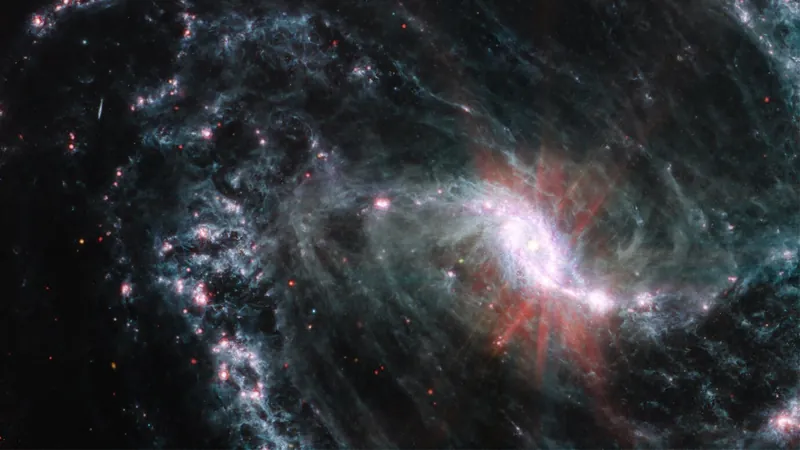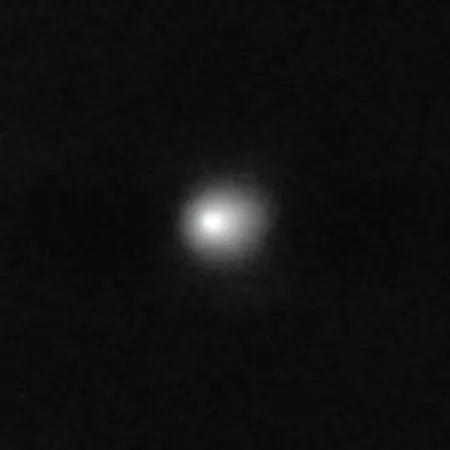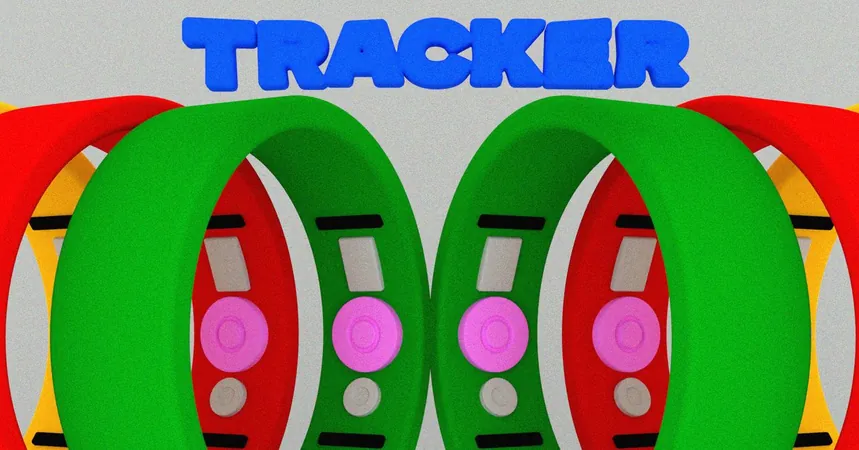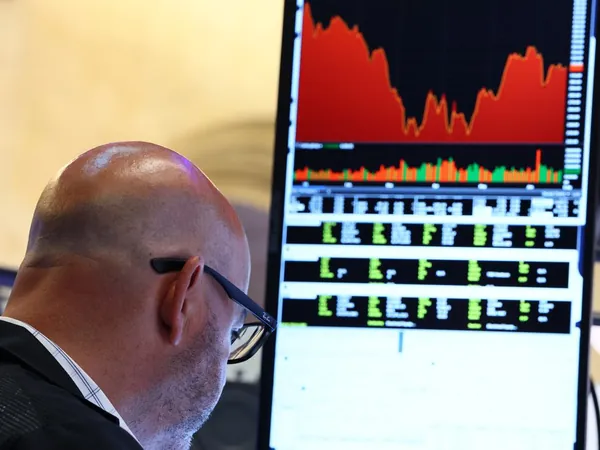
Breakthrough from Webb Telescope: A Leap Closer to Solving the Hubble Constant Mystery!
2025-05-27
Author: William
For years, scientists have been grappling with a puzzling contradiction in our understanding of the cosmos: the universe is expanding, but the rate of that expansion seems to vary depending on when you measure it. This discrepancy could pose a significant threat to our foundational model of the universe.
Thanks to the revolutionary James Webb Space Telescope, researchers at the University of Chicago are unveiling new data that suggests this long-standing conflict may not exist after all.
"This new evidence hints at the resilience of our Standard Model of the universe," says Professor Wendy Freedman, a pivotal figure in the debate surrounding the Hubble constant, which describes the universe's expansion rate. "While future discoveries may challenge this model, for now, the Hubble constant does not appear to be one of them."
Understanding the Cosmic Puzzle
Astronomers deploy two main strategies to determine how fast the universe expands.
The first method observes the cosmic microwave background radiation, a remnant glow from the Big Bang that illuminates conditions from the universe's infancy.
Conversely, Freedman focuses on measuring the current expansion rate in our neighborhood of space, an unexpectedly intricate task. Surprisingly, calculating distances near us turns out to be more challenging than peering back to cosmic origins.
Recent advancements in measuring nearby distances have stemmed from observing special types of stars, particularly supernovae, which blaze to life at their peak brightness. By knowing how bright these supernovae can get, astronomers can infer their distance from Earth based on observed brightness.
Freedman has developed additional methods using red giant and carbon stars to enhance accuracy. Nonetheless, numerous complex corrections for cosmic dust, luminosity variations over time, and technologic uncertainties are essential for reliable results.
Webb Telescope's Game-Changing Impact
The arrival of the James Webb Space Telescope in 2021 has dramatically improved these measurements. "We’ve more than doubled our galaxy sample for supernova calibration," Freedman states, emphasizing the profound statistical significance of this improvement.
Her latest calculations, synthesizing data from both the Hubble and Webb telescopes, yield a Hubble constant of 70.4 kilometers per second per megaparsec, with a margin of error of just 3%. This figure aligns more closely with calculations from cosmic microwave background studies, which suggest a value of 67.4 km/s/Mpc.
The Webb Telescope boasts four times the resolution and ten times the sensitivity of its predecessor, Hubble. This enhanced capability allows scientists to distinguish individual stars lost in haze and identify fainter cosmic objects.
"The James Webb Space Telescope is revolutionizing our ability to measure galaxy distances with unparalleled accuracy," says co-author Taylor Hoyt.
A Complex Quest Ahead
Despite these advancements, Freedman notes the quest to understand the universe's expansion remains fraught with challenges. Over 1,000 papers have attempted to tackle this conundrum, proving it to be a remarkably tough nut to crack.
While researchers continue to search for potential flaws in the Standard Model—especially clues regarding the enigmatic realms of dark matter and dark energy—the Hubble constant appears to be holding strong.
Freedman and her team plan to harness the Webb Telescope to study the Coma cluster of galaxies next year, aiming to gather more insights. "These forthcoming measurements will enable us to directly assess the Hubble constant without relying on supernova data. I’m optimistic about making significant strides in this area soon," she concludes.









 Brasil (PT)
Brasil (PT)
 Canada (EN)
Canada (EN)
 Chile (ES)
Chile (ES)
 Česko (CS)
Česko (CS)
 대한민국 (KO)
대한민국 (KO)
 España (ES)
España (ES)
 France (FR)
France (FR)
 Hong Kong (EN)
Hong Kong (EN)
 Italia (IT)
Italia (IT)
 日本 (JA)
日本 (JA)
 Magyarország (HU)
Magyarország (HU)
 Norge (NO)
Norge (NO)
 Polska (PL)
Polska (PL)
 Schweiz (DE)
Schweiz (DE)
 Singapore (EN)
Singapore (EN)
 Sverige (SV)
Sverige (SV)
 Suomi (FI)
Suomi (FI)
 Türkiye (TR)
Türkiye (TR)
 الإمارات العربية المتحدة (AR)
الإمارات العربية المتحدة (AR)